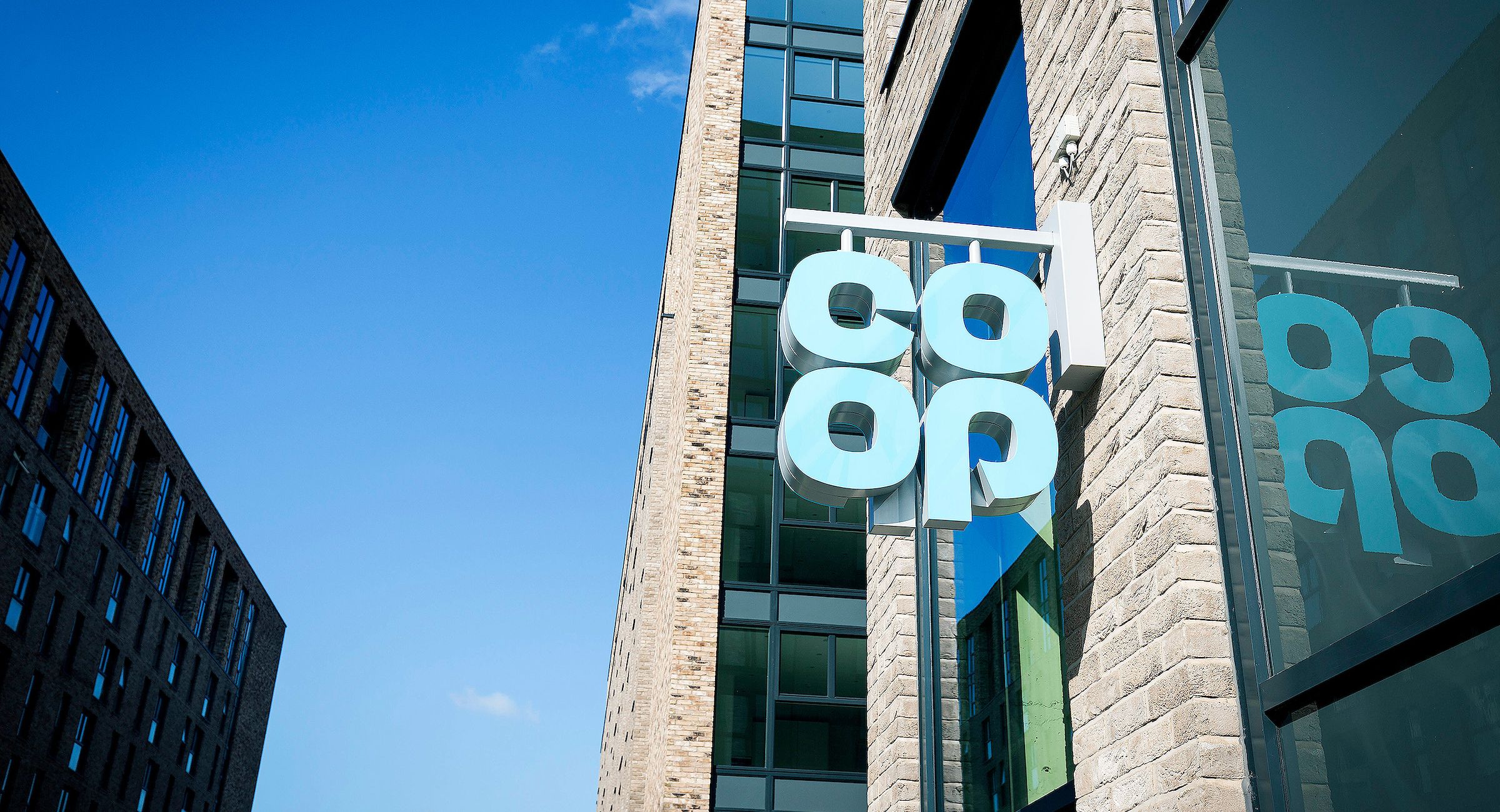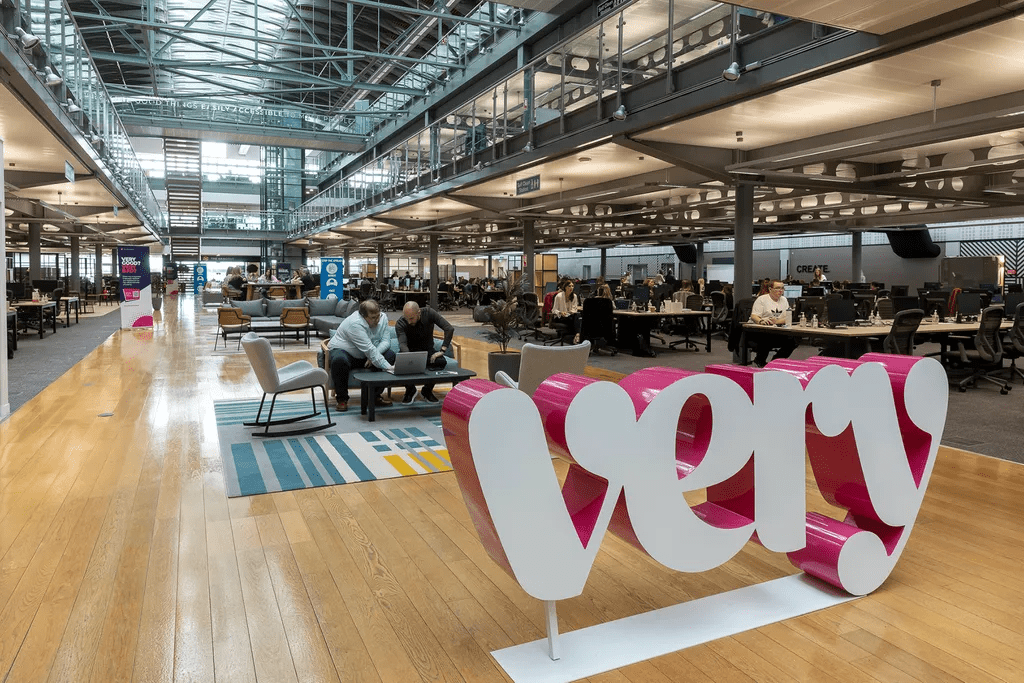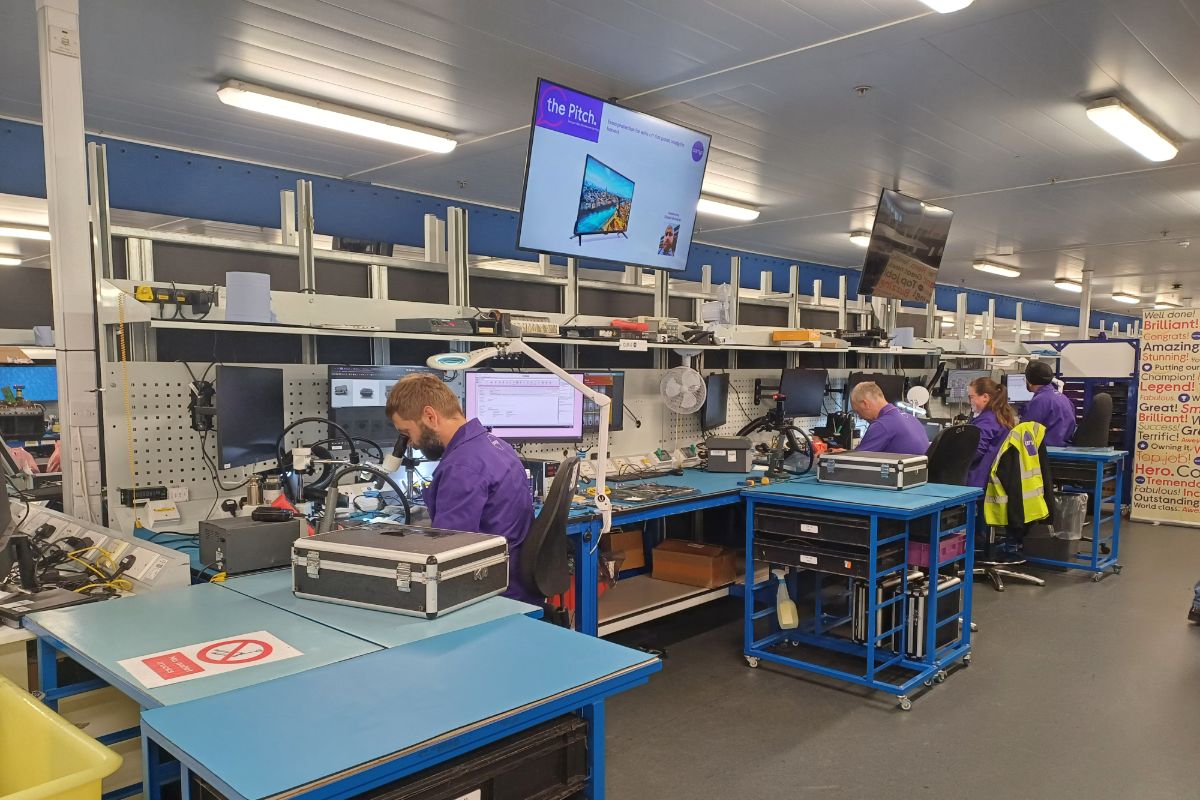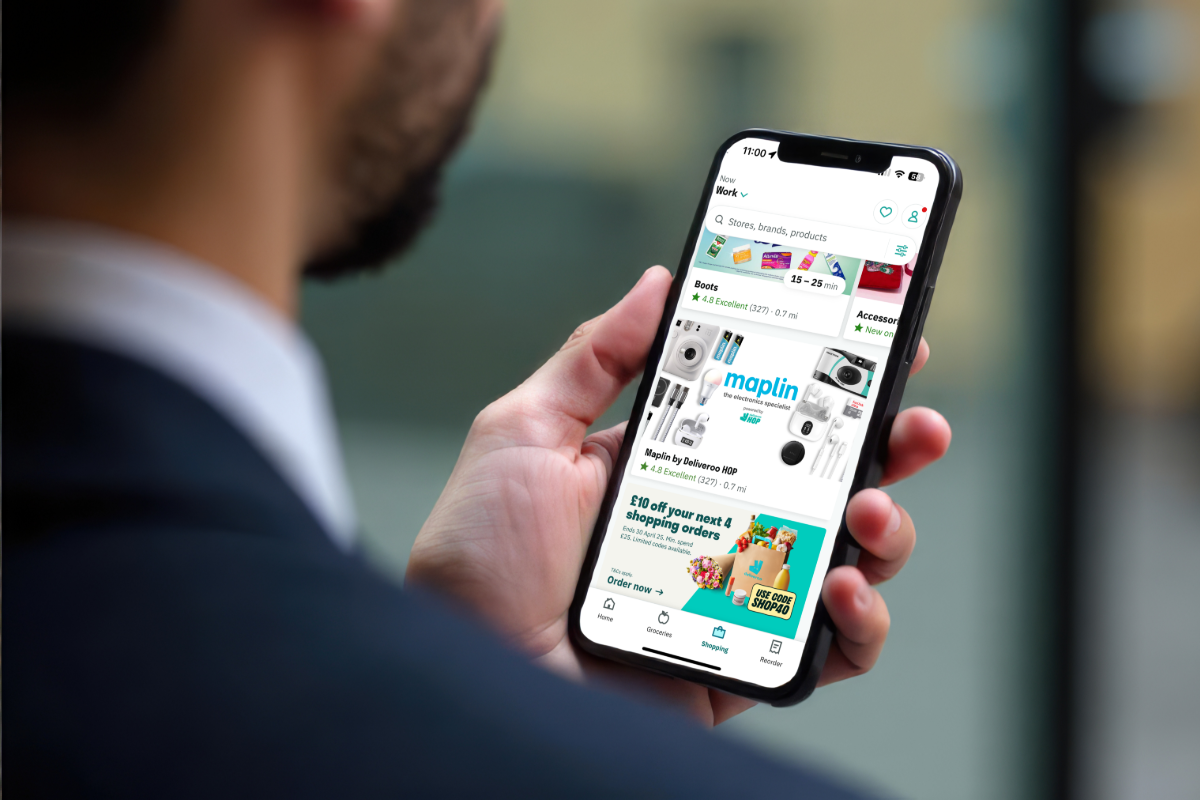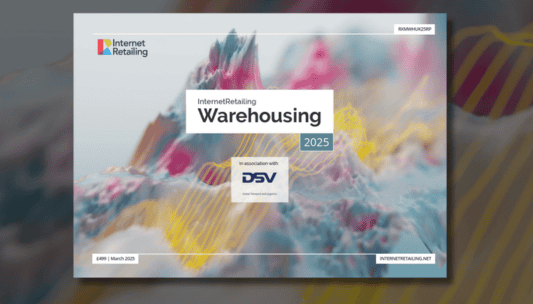InternetRetailing in Store Score: 20/25
As M&S reports the 11th consecutive quarterly fall in non-food sales, the launch of the new platform in mid-February 2014 could be considered a ray of sunshine. The platform took over 2 years to develop and marks another step forward for M&S’s omnichannel ambitions. It is also one of the latest significant infrastructure investments with the dedicated ecommerce distribution centre opening at Castle Donington and the refreshed customer services technology all completed in the last 12 months.
On the back of such significant investment, it comes as no surprise that transacting in any channel for delivery in any channel is at the heart of the “Shop your way” offer and a real strength. In-store ordering is readily supported across the store, at till points or with sales assistants armed with iPads. Self-serve options are also available on the browse & buy hubs, or through encouraging customers to use their own mobile. “Shop your way” signage is visible across the store, with clear direction and benefits communicating “extended ranges online”, “need a different size, shop online”.
The browse & buy hubs…or ‘giant iPhones’, are available in c.150 stores, providing access to the full range, with integrated chip & pin readers alleviating security concerns on public terminals and barcode scanners providing quick access to product information. M&S have made a real feature of the browse & order hubs, the user experience of which is tailored to the department in which it is situated.
The new website, evidently designed for tablets has a significantly more editorial feel, with a focus on curation and content…the new digital face of M&S appears more conversational and inspirational. How then is that being reflected in the stores?
- 1,500 assisted sellers, complete with iPads are now working across UK stores, with a view to bringing that authority and inspiration to customers in-store.
- Digital signage is in 1,500 stores, content is centrally controlled and can be managed to flex promotions in window displays and across the in-store screens of various sizes.
- The “virtual rail” being demonstrated in Amsterdam may give us an insight into things to come with tall upright screens enabling shoppers to view the maximum offer in the minimum space. Customers can swipe through the range looking for inspiration.
- Guided selling is available within the home category, via browse & buy points to help customers locate products that most suit their needs e.g. pillow finder.
- “Room Inspiration” online functionality, also enabled in-stores through iPads in some of the larger home departments, is used to both direct customers online and engage with customers whilst in store.
With a dedicated digital lab, M&S have a clear ambition to be on the front foot as the digital landscape continues to evolve. The new technology and in particular the API stack enables the business to be more agile, as they continue to test and learn. Virtual makeovers, for example previously available in kiosks in the beauty department, have been retired to the web only. RFID tags have recently been trialled in the footwear department to showcase cross-sells during the fitting process.
WiFi is available across the majority of the estate now, but sadly the opportunity is not taken to deliver a meaningful and relevant connection with the logged in customer. Landing pages are neither personalised nor contextualised to the store.
The M&S app provides an array of functionality to support the in-store journey, enabling customers to self-serve more efficiently and is considered the key bridge between the store & online worlds. The app acts as the central device for a more personalised marketing approach with a series of pushed offers direct to the customer to redeem either in store or online. However, execution at times is slow and frustrating, particularly in terms of supporting the in-store research journey – barcode scanning is slow and likely to limit use/uptake. Probably lesser known still is the app’s capability to facilitate the augmented reality features of the current Leading Ladies campaign in stores and in print.
The new platform underpins a more joined up customer journey, facilitating a shared basket across multiple devices, supporting the customer’s cross-channel research journey…but there is still work to do. With the foundations of a more flexible technology and leading delivery infrastructure in place M&S appears to be in a good position to develop an experience in-store that will excite and re-engage with customers.

